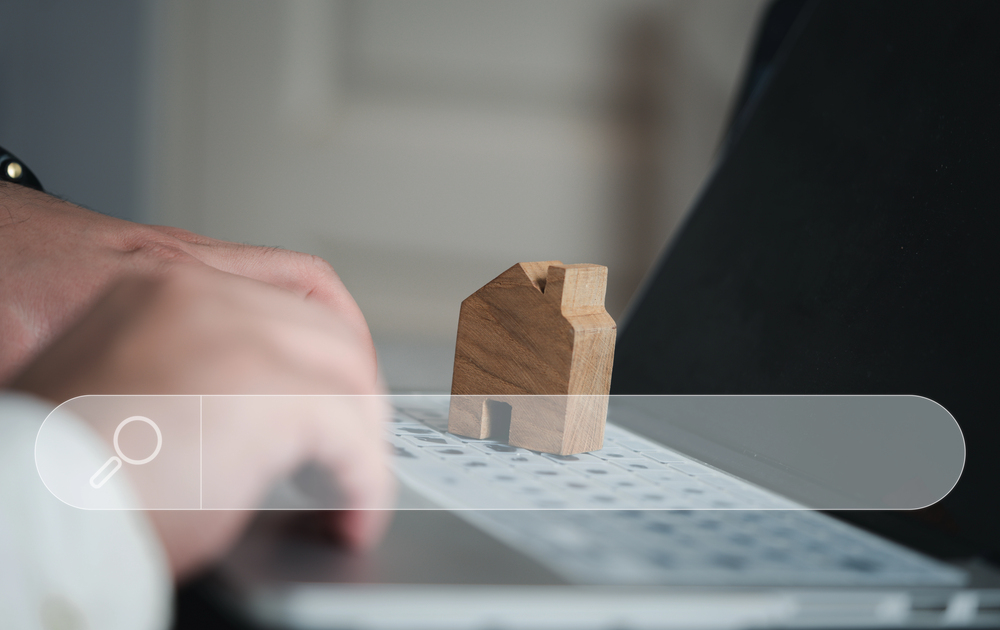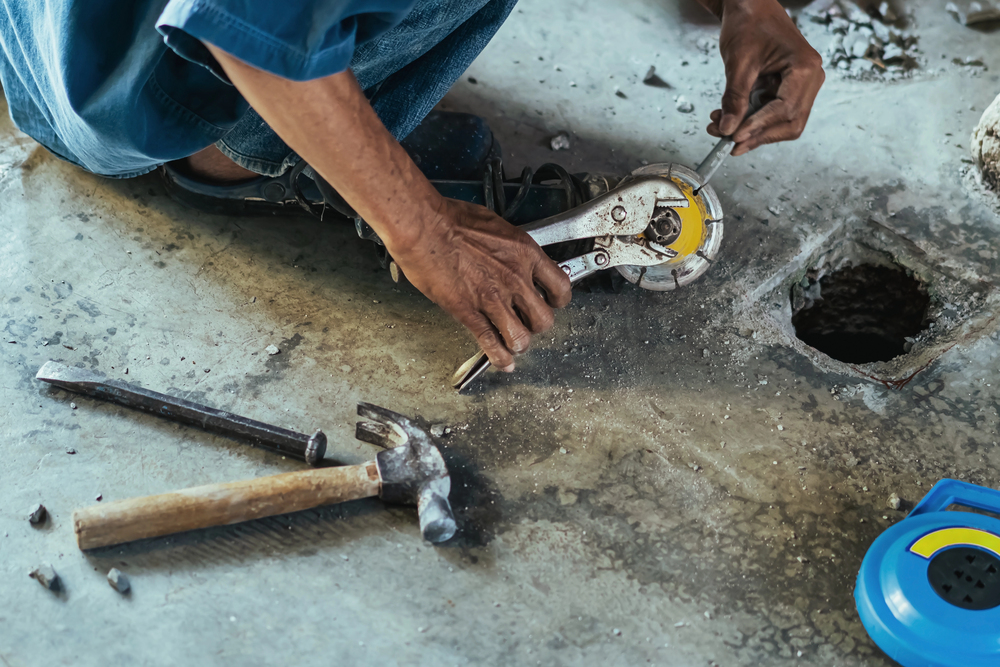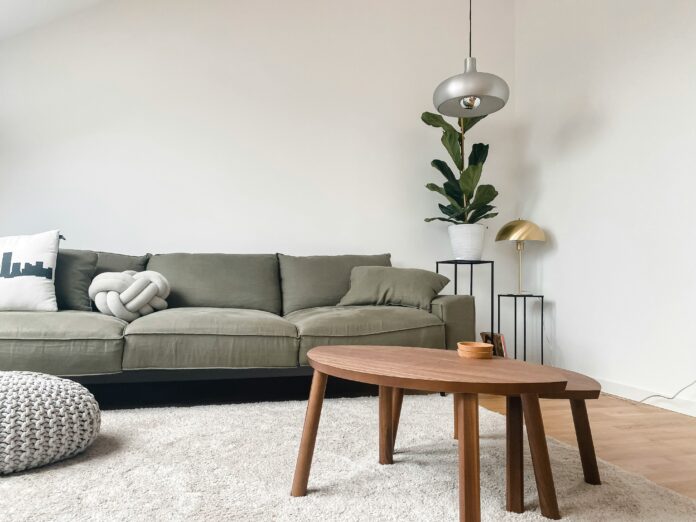Many homeowners in Arlington Heights, IL, are realizing that their spaces need to serve more than one purpose. What once worked for a traditional family routine no longer fits the needs of people working from home, raising children, and finding time to relax.
Home design trends are shifting toward flexibility and comfort. Instead of focusing only on how a home looks, people now care more about how it functions.
This change isn’t limited to style or decor. It’s about how the space feels and how it works for every person who lives there. Today’s homes are built around people’s routines, values, and lifestyles. That’s what makes modern home design trends so different — it’s practical, thoughtful, and designed for real life.
Basements Becoming Functional Living Areas
Basements have come a long way from being storage rooms or unused spaces. Today, they’re becoming some of the most valuable parts of a home. Homeowners are turning these areas into entertainment rooms, fitness zones, guest suites, and home offices. This change is driven by the need for more space and the growing trend of multifunctional living.
Matrix Basements, a well-known company that specializes in basement finishing, has helped many homeowners in the area transform their lower levels into bright, comfortable extensions of their homes. Their designs focus on function, durability, and comfort — using moisture-resistant materials and practical layouts suited for everyday use.
A finished basement not only adds space but also increases property value. It allows families to create areas tailored to their lifestyle — like a quiet workspace, a cozy home theater, or a personal gym. For professional finishing ideas and local design inspiration, head to https://www.matrixbasements.com/basement-finishing-chicago-il/arlington-heights/ to learn more.
Home Offices That Support Focus and Comfort
Remote work has changed what people expect from their homes. A corner desk in the living room is no longer enough. People want dedicated offices that help them stay focused and comfortable throughout the day.
Good lighting, practical furniture, and quiet surroundings matter more than fancy setups. Many homeowners are adding built-in storage and adjustable desks to keep their spaces clean and organized. Windows are also a priority. Natural light improves focus and makes small offices feel larger.
This trend isn’t about luxury. It’s about creating a space where productivity feels easy. The home office has become a must-have feature, not an afterthought.
Open-Concept Living with Smart Separation
Open layouts are still popular, but people are starting to look for better ways to manage space. Too much openness can make it hard to focus or find quiet time. The latest trend is to use design elements to define zones without building full walls.
Bookshelves, half-walls, rugs, or furniture placement can create natural boundaries. For example, a couch can separate a living area from a dining space while keeping the room airy. This balance makes homes more practical and inviting.
Instead of tearing down every wall, homeowners are learning how to create flow while keeping privacy intact. It’s a design choice that blends beauty with purpose.
Bringing the Outdoors In with Natural Light
Natural light has become one of the most valued features in modern homes. People are opening up their spaces with larger windows, glass doors, and lighter colors to make rooms feel bright and open.
This design choice isn’t just aesthetic — it affects how people feel. Natural light improves mood and makes interiors look more welcoming. Adding indoor plants or materials like wood and stone also helps create a calm, balanced atmosphere.
In Arlington Heights and similar suburban areas, homeowners appreciate that connection to nature. It makes even compact homes feel open and relaxing. By prioritizing light and natural elements, modern home design trends brings a sense of well-being into everyday spaces.
Smart Technology Making Homes More Efficient
Smart home features have become part of everyday life. People use them not only for convenience but also for energy savings and safety. Voice-controlled lighting, programmable thermostats, and security systems are common in new homes.
What makes this trend strong is its practicality. Homeowners can adjust lighting and temperature from their phones, monitor energy use, and even automate tasks like watering the garden. These systems are designed to make life easier, not more complicated.
Many smart devices now work together, allowing people to manage their homes through a single app or control hub. The focus is on creating technology that quietly supports daily routines. It’s not about luxury anymore — it’s about comfort, safety, and efficiency.
Energy Efficiency and Sustainable Materials
Environmental awareness is shaping the way people build and renovate homes. More homeowners are making choices that save energy and reduce waste. This includes installing LED lighting, adding better insulation, and upgrading to double-pane windows.
Sustainable materials are also becoming more available. Bamboo flooring, recycled countertops, and low-VOC paints are popular because they’re durable and safe for indoor air quality. These updates often lead to lower energy bills, which makes them both eco-friendly and cost-effective.
Homeowners aren’t just following a trend — they’re responding to real concerns about the environment and long-term savings. Building or renovating with sustainability in mind adds lasting value to a home and helps protect natural resources for the future.
Designing for Comfort and Everyday Well-Being
Comfort has become the heart of home design. People now value how a room feels as much as how it looks. Soft lighting, layered textures, and practical layouts help create a sense of ease.
Well-being in the home isn’t just about decoration. It includes things like air quality, quiet spaces, and good lighting. Small changes, such as adding plants or using natural fabrics, can make a noticeable difference in how people feel at home.
Designers and homeowners alike are focusing on creating environments that support relaxation. After long workdays, people want homes that help them recharge. The best designs balance comfort, function, and beauty — without unnecessary excess.
Modern home design trends show that homes are no longer just structures — they’re reflections of how people live, work, and connect. Each change in layout, lighting, or material responds to a real need for flexibility, comfort, and sustainability.
Homeowners are finding that thoughtful design can improve daily life. Whether it’s a simple kitchen update or a complete basement transformation, every improvement makes your home feel more personal and functional.
The future of home design is about balance — between modern technology and human comfort, between style and practicality. As lifestyles evolve, homes will keep adapting, becoming more efficient, welcoming, and truly built for the way we live today.
Find a Home-Based Business to Start-Up >>> Hundreds of Business Listings.














































